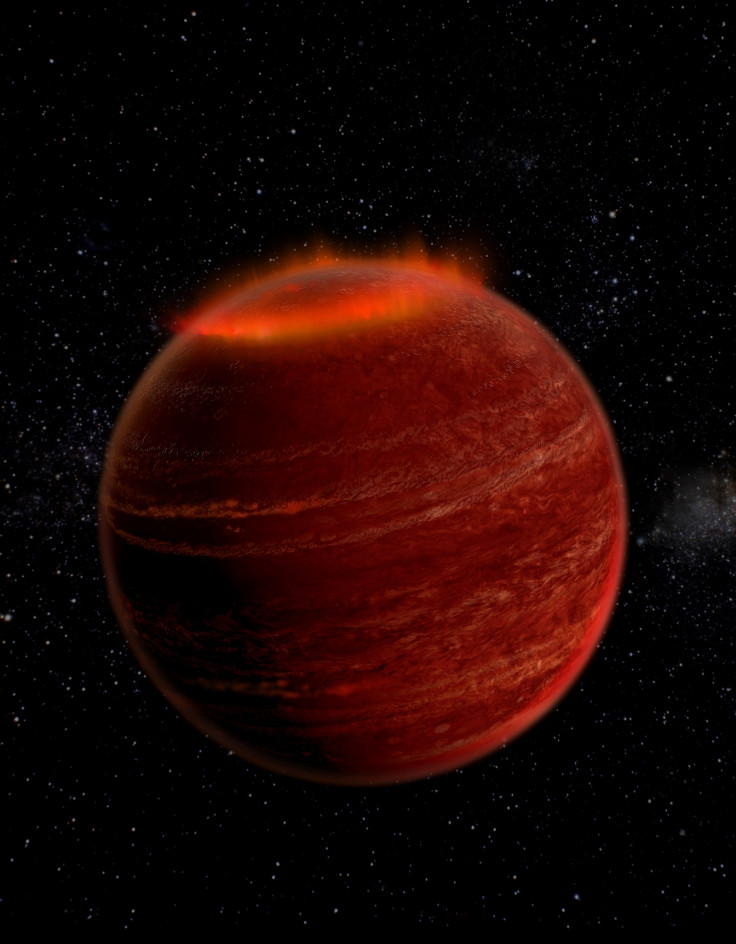Astronomers capture great aurorae on brown dwarf LSR J1835 outside our solar system

A team of scientists have managed to capture some powerful images that depict aurorae occurring on a brown dwarf.
A display of natural lights, which also occur on Earth known as the northern or southern lights, were spotted in the atmosphere of a small stellar object that is located outside of our solar system. The authors, led by Gregg Hallinan of the California Institute of Technology, speculate it is likely a brown dwarf, which has been dubbed LSR J1835.
Aurorae occur on all magnetised planets within our solar system and are powered by strong currents in the magnetic field that surrounds a planet – otherwise known as the magnetosphere – which allow precipitation of energetic electrons in regions of the upper atmosphere, the report in Nature explains.
However, with massive stars, such as the sun, the phenomenon are powered by the same occurrence but in the lower atmosphere.
With the LSR J1835, though, the scientists found the aurorae was emanating from its upper atmosphere, with the findings suggesting such natural lights may be a regular occurrence of large-scale magnetospheres that can produce much stronger luminosities than those spotted in the solar system we reside in.
© Copyright IBTimes 2025. All rights reserved.






















